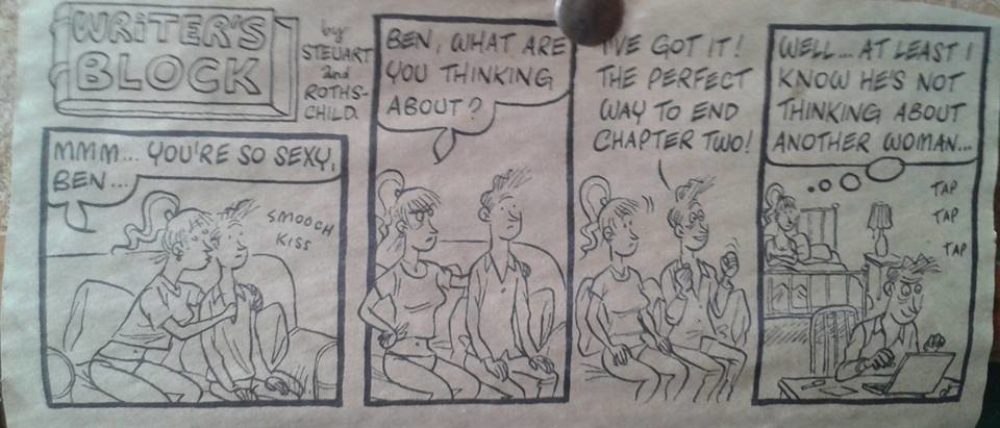“More of the same” is one of the more pejorative things you can say about a follow-up book, but sometimes – and especially with sequels – that is the whole point. But there is little more disheartening than the same old same old – and that’s to write, never mind to read.
When I was writing the Vampire Plagues, I was very pleased with myself for setting a Book 2 scene in our heroes’ living room. In Book 1 we had seen the basement, and the study, and the hallway, and a bedroom. Creating a whole new room to a house is a pretty basic achievement but it made it more interesting to me as the author and I hope to the readers too. It marginally expanded the world in which the kids operated. It added a little more detail and verisimilitude.
Then in chapter 2 they were off to Paris to fight vampires, and they never returned to that house again. At least, not in the books that I wrote.
Now I’m trying to come up with Phoenicia 2 and am faced with the added problem of technological change. Phoenicia’s Worlds is set a couple of centuries hence so we’ve already had a hefty dose of New Stuff. Phoenicia 2 is a few centuries after that. I’m not a hardline believer in the Singularity – it is quite possible for technological development to slow down, stagnate or even go backwards – but some things must have changed. I can’t just re-use the old concepts. I have to develop them, but not so much that it’s not the same universe anymore.
This morning I was writing a chapter set on a space station, built on a captured asteroid in orbit around a planet. A space station with a similar function – a port of entry – has featured prominently in Phoenicia’s Worlds. How to make this station the same, but different?
Then I remembered that in Phoenicia’s Worlds they haven’t got around to inventing artificial gravity except by the time honoured centrifugal method. Who’s to say that … ?
So anyway. A space station with the same basic function but an entirely different look and feel. It’s on an asteroid. With artificial gravity it can have an atmosphere. You can walk about outside, and see a horizon that curves down instead of up. You can look up and see the mother world above you. It’s all different, I tell you, but it’s the same too. The reader – at least those who have also read the first book – will immediately see that some time has passed. Think of someone sailing into Portsmouth 200 years ago, and doing the same today. They would certainly recognise it. The Isle of Wight would still be on their left, the sea forts would still guard the entrance to the Solent – but my, isn’t it big! And how do all these boats move about with no sail? And what’s that big building shaped like a spinnaker?
And all this for a single setting that I don’t intend to revisit in any further chapters. It is hard work. This is craftsmanship, this is. Trust me.
